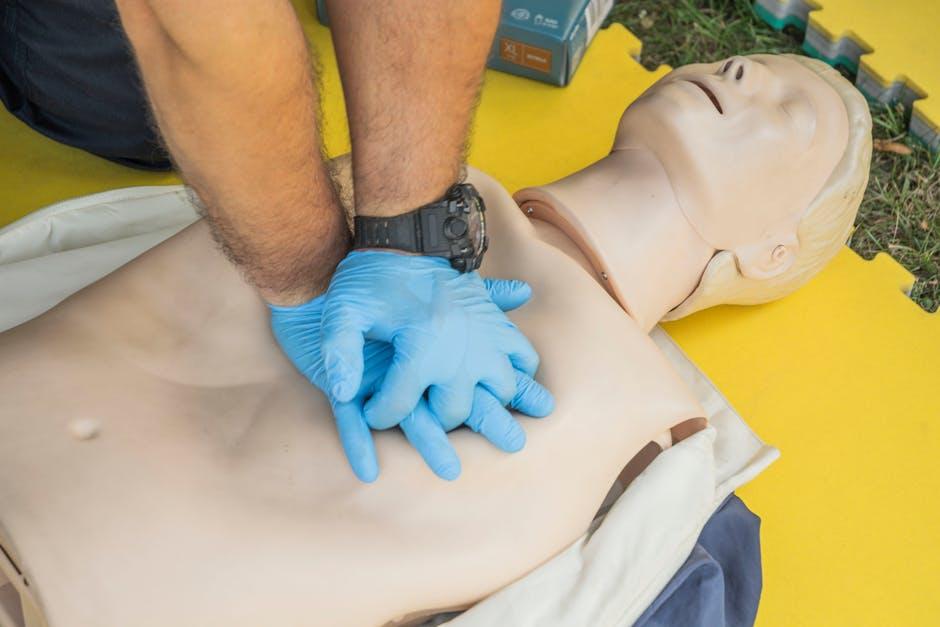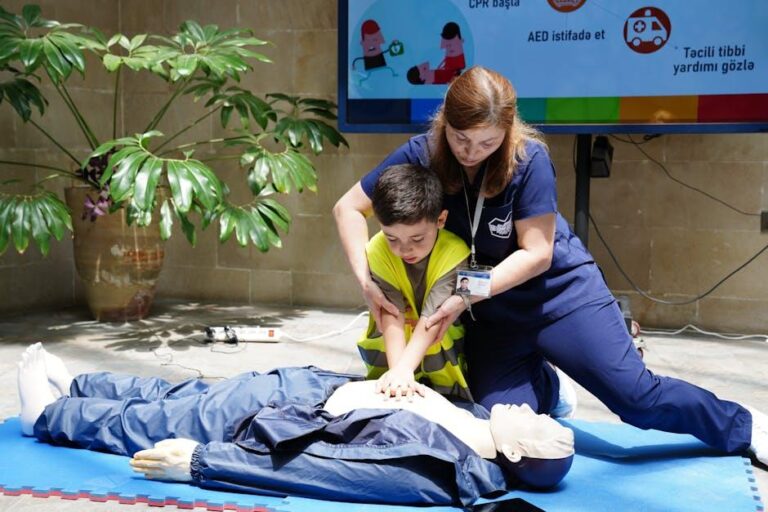
A Guide to Resuscitation and Emergency Life Support – BDJ Team – Nature
Emergencies don’t wait for a convenient time — that’s why understanding how to effectively perform resuscitation and emergency life support can be crucial for saving lives. Whether you’re a healthcare professional, dental staff, or a responsible citizen, having clear knowledge of life-saving techniques is invaluable. This comprehensive guide, inspired by the protocols shared by BDJ Team and Nature’s emergency medicine resources, walks you through essential concepts and practical steps to equip you for emergency scenarios.
What Is Resuscitation and Emergency Life Support?
Resuscitation refers to the process of restoring a person’s vital functions, especially breathing and circulation, when these have stopped or are inadequate. Emergency Life Support (ELS) encompasses a set of critical, time-sensitive interventions given to patients experiencing respiratory or cardiac arrest to prevent death or severe brain injury.
Common techniques under ELS include Cardiopulmonary Resuscitation (CPR), use of Automated External Defibrillators (AEDs), airway management, and medication administration. These interventions are often the first response before advanced medical support arrives.
Key Components of Resuscitation and Emergency Life Support
1. Early Recognition
- Identify cardiac arrest signs: unconsciousness, absence of normal breathing, and no pulse.
- Stay calm and call emergency services immediately (e.g., 999, 911).
- Ensure scene safety before approaching the patient.
2. Cardiopulmonary Resuscitation (CPR)
CPR is the cornerstone of emergency life support. The current guidelines recommend a “CAB” sequence—Chest compressions, Airway, and Breathing:
- Chest Compressions: Place hands in the center of the chest, push hard (5-6 cm deep), and fast (100-120 compressions per minute).
- Airway: Open the airway using head-tilt, chin-lift or jaw-thrust maneuvers.
- Breathing: Provide rescue breaths (2 breaths after every 30 compressions).
3. Use of Automated External Defibrillator (AED)
An AED is a portable device that analyzes heart rhythms and delivers shocks when necessary. Early defibrillation significantly increases survival rates.
- Turn on the AED and follow voice prompts.
- Attach pads according to body diagrams, usually on the upper right chest and lower left side.
- Ensure no one touches the patient during analysis and shock delivery.
- Resume CPR immediately after shock or if advised.
4. Advanced Life Support (ALS)
Advanced life support involves skilled interventions by healthcare providers, including:
- Advanced airway management (e.g., intubation).
- Intravenous drugs administration such as epinephrine.
- Monitoring and managing cardiac rhythms with advanced equipment.
Practical Tips for Effective Emergency Life Support
- Regular Training: CPR and AED skills deteriorate without practice. Enroll in annual refresher courses.
- Stay Calm and Focused: Anxiety can impair action. Breathing exercises help maintain clarity during emergencies.
- Delegate Roles: In group settings, assign someone to call emergency services and another to fetch equipment.
- Document and Report: Keep a record of the steps taken and transfer all relevant information to emergency responders.
Common Resuscitation Protocols Summary
| Step | Action | Notes |
|---|---|---|
| 1 | Assess responsiveness and breathing | Call for help if unresponsive or abnormal breathing |
| 2 | Call emergency services | Provide clear location and situation details |
| 3 | Start CPR | 30 compressions : 2 breaths cycle |
| 4 | Use AED if available | Follow AED voice prompts exactly |
| 5 | Continue until advanced help arrives | Or until patient regains consciousness |
Real-Life Case Study: A Life Saved Through Prompt Resuscitation
In 2023, a dental nurse at a BDJ Team-affiliated clinic identified a sudden cardiac arrest in a middle-aged patient during a routine check-up. With swift application of CPR and AED use, the nurse maintained vital circulation until paramedics arrived. This timely intervention resulted in the patient making a full recovery. The case highlights the importance of training all healthcare staff in emergency life support.
Benefits of Mastering Resuscitation and Emergency Life Support
- Increased survival rates: Early intervention can double or triple survival chances.
- Confidence during crises: Knowing what to do reduces panic and improves response times.
- Empowered professionals: Healthcare providers add critical skills to their arsenal, improving patient outcomes.
- Community safety: Trained individuals can support emergency response in various environments, from clinics to public spaces.
Final Thoughts
Understanding the fundamentals of resuscitation and emergency life support is a vital skill for everyone—not just healthcare professionals. The BDJ Team and Nature’s guidance emphasize that early recognition, rapid CPR initiation, and timely defibrillation are lifesaving actions that anyone can perform. Regular training, preparedness, and a calm mindset maximize the chance of positive outcomes.
Stay informed, stay prepared, and you could be the difference between life and death in an emergency situation.


